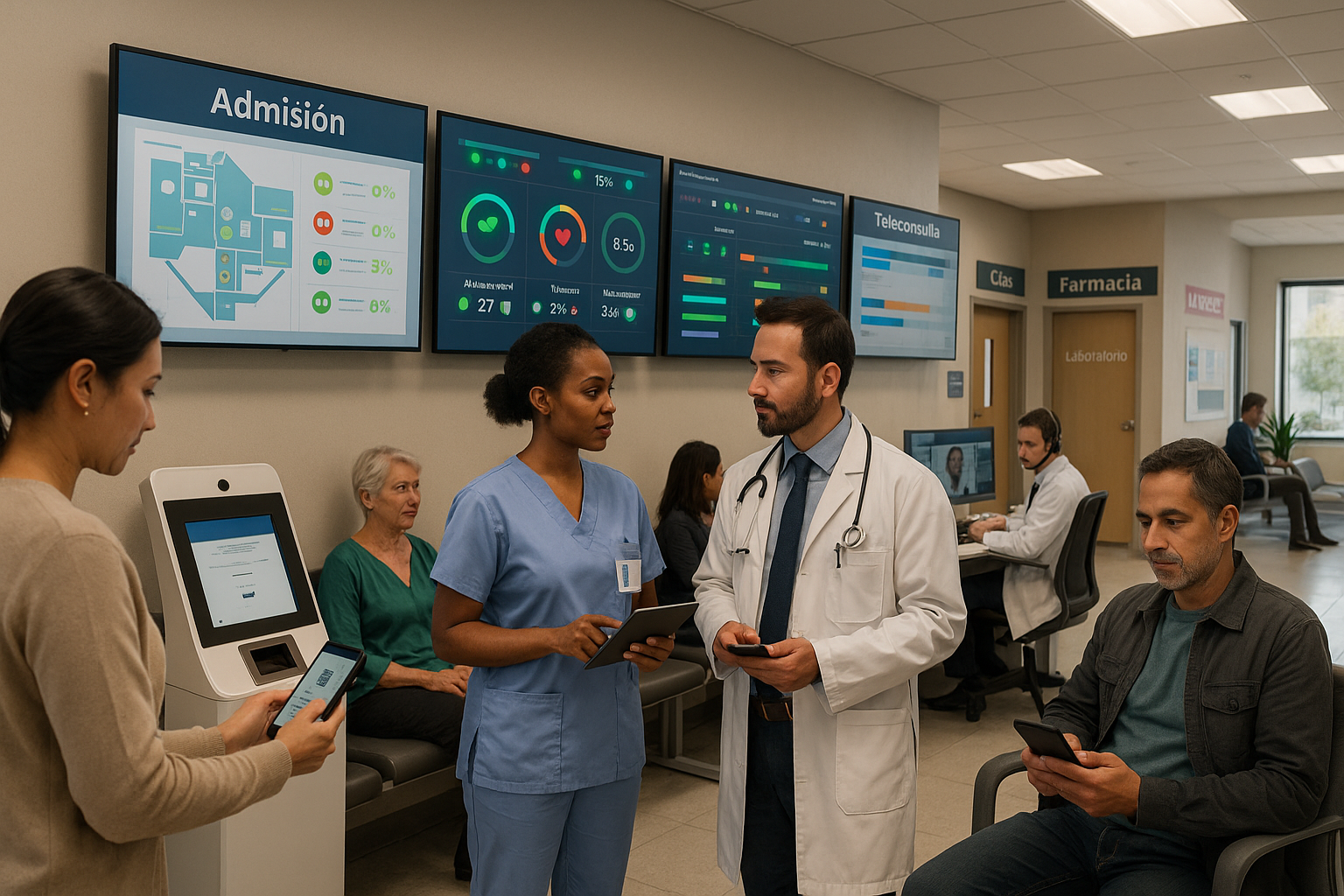Mexican hospitals have been slow to adoptelectronic health record systems, not from a lack of desire, but from the simple fact that there has been a lack of affordable systems in the market. Most have also tended to be built on old school technologies and generally very cumbersome to adopt and use. While all of us are using mobile apps to get around, rent a ride, do our banking, share video, and manage our lives, most hospital EMR systems are still stuck on desktop computers and local servers.
Though the big US software companies like Epic and Cerner would love to see us jump on their bandwagon, the reality is that these systems are too expensive and too difficult to implement and maintain, costing millions of dollars for even a small hospital. The US model happened for the simple reason that the federal government provided $87 billion to get hospitals and physicians computerized. Unfortunately, this created an artificial market for the software companies who no longer had to demonstrate a return on investment to their customers, just show them how much money they could get from the federal government.
Current EHR Solutions in Mexico

While many hospitals in Mexico have developed their own software, as we did at FUCAM, it is difficult to justify the cost of developing and maintaining a full EMR from one institution’s budget, so these systems tend to be lacking in important functionality and flexibility. They are also mostly server and desktop based making them difficult to use in the busy hospital environment. What we have been lacking is the innovation that mobile web applications have brought to all other parts of our lives. Fortunately, there are new technologies and new companies that have set their sights on filling this need, not only in software field but also medical devices, where costs have also been a barrier to entry.
One company is Kardia, that makes a mobile EKG that runs on an iPhone. This device sells for $99 US and displays a medical grade EKG in 30 seconds. The system can also send a full EKG as a pdf file to physicians.
This system is so easy to use that anybody can monitor their heart with it. Surprisingly, all you do is to put four fingers on a small pad and in just a few seconds, you can see your heart rhythm. There are no messy leads or wires of any kind. While not currently available in Mexico, it won’t be long until we see it here.
One company that we are working with at FUCAM is MedWave, a California developer of Hospital Information Systems. Unlike the Epics and Cerners of the world, MedWave has focused on affordability and ease of use by taking advantage of mobile tablets and cell phones to connect physicians and nurses to cloud based health records. Their approach is to eliminate paper charts completely and to put clinical processes on easy to use tablets while giving patients access to their health information on cell phones.
HarmoniMD & FUCAM Hospital in Mexico City

At FUCAM, we needed a system that could adapt to our specialty of breast cancer treatment and to our workflow. Fortunately, this is where the MedWave system really shines. They have developed a unique technology called Electronic Clinical Documents (ECDs) that converts any paper form or clinical process into a tablet based electronic format like the one here. This makes managing clinical processes faster and more reliable than using paper and it allows any hospital, department or physician to work in the way they are most comfortable.
It is difficult to comprehend all the options this system has to offer but a short list includes exams, order sets, nursing evaluations, surgery checklists, physical therapy, respiratory therapy, quality reporting, consent forms and much more. Because FUCAM specializes in breast cancer treatment, we needed these to be customized to our needs and MedWave had no trouble doing this with the ECD technology. Best of all, these can be easily modified to accommodate future requirements.
It was also critical that any system we adopted could provide an immediate return on investment and this was easy to evaluate with MedWave as well. We could identify many of our operations that would be streamlined and save us money right away. Because MedWave provides Software as a Service, there are no software purchase costs and implementation and training costs are low because the system is very intuitive.
The Next Wave of Hospital Information Systems is Coming
It is my belief that Mexico is about to see a new wave of innovation in healthcare comparable to the introduction of personal cell phones that have now replaced land lines everywhere. Mexico has benefitted by adopting cost effective, innovative technologies and skipping over clunky, expensive systems and EMR is one area where this is ready to happen.
Ing. Enrique Alfaro Agarrio is the Chief Information Officer for FUCAM, Mexico’s leading breast cancer treatment center with locations in Mexico City and Oaxaca.



